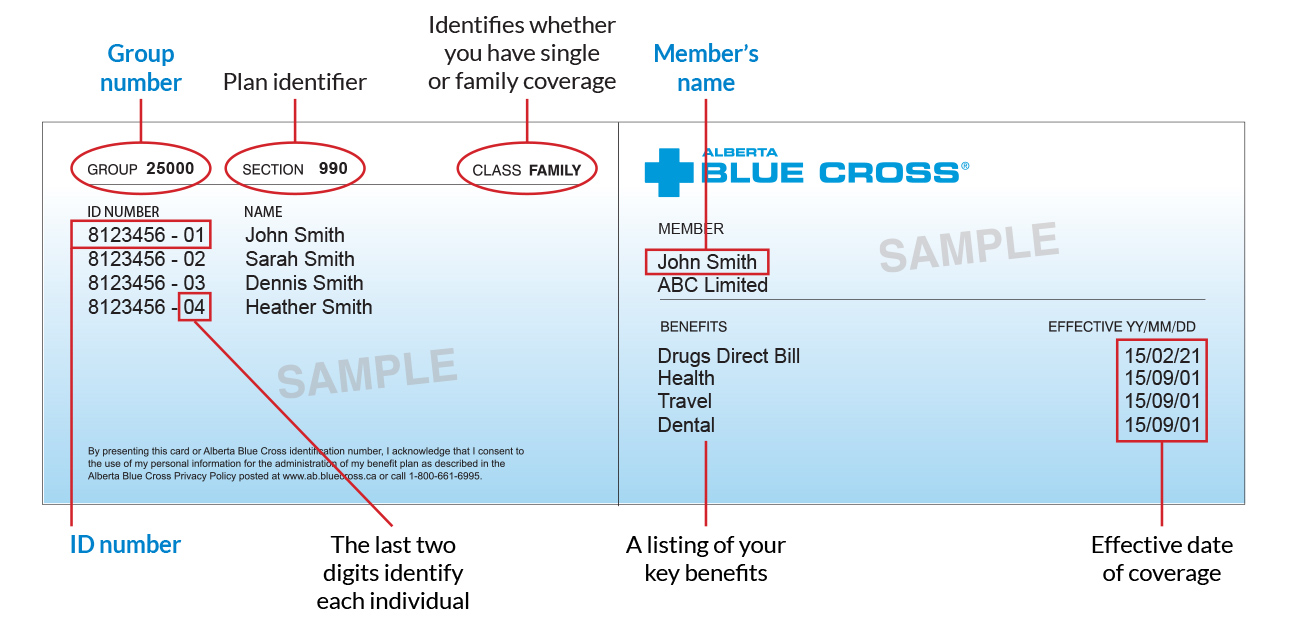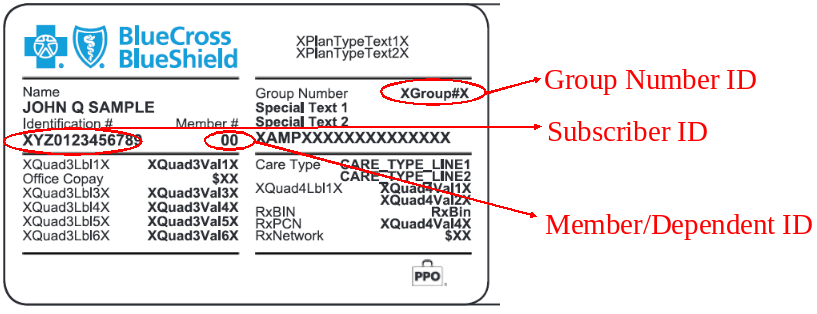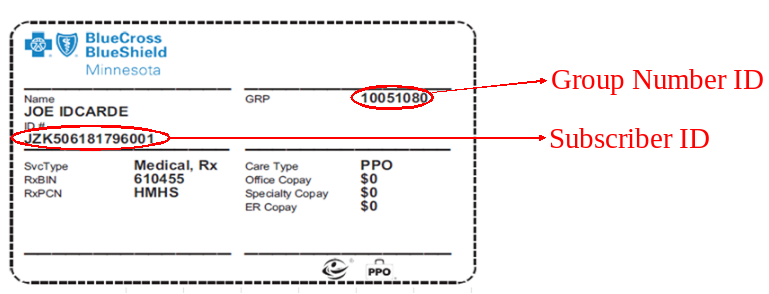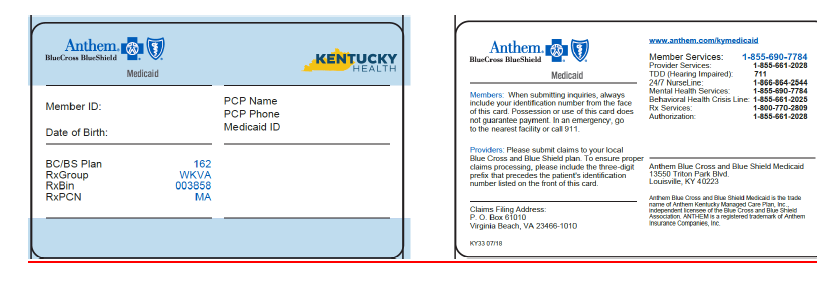Range Key Sample Output 0 to 44 seconds s in seconds 45 to 89 seconds m in a minute 90 seconds to 44 minutes mm in 2 minutes ... In 44 minutes 45 to 89 minutes h in an hour 90 minutes to 21 hours hh in 2 hours ... In 21 hours 22 to 35 hours d in a day 36 hours to 25 days dd in 2 days ... In 25 days 26 to 45 days M in a month 45 to 319 days MM in 2 months ... In 10 months 320 to 547 days (1.5 years) y in a year 548 days+ yy in 2 years ...
In 20 years From version 2.10.3, if the target moment object is invalid the result is the localized Invalid date string. In contrast, moment.parseZone() parses the string but keeps the resulting Moment object in a fixed-offset timezone with the provided offset in the string. It is very easy to use moment.js to convert date to string in dd/mm/yyyy format.
To change your date format, just change the format string in the format() method. Here is another example to convert date to string in yyyy-mm-dd format. Of course you can change the order of month and day to your preference. For example, you can use the below code to convert date to string in dd/mm/yyyy format.
The offset is set on the moment object that utcOffset() is called on. If you are wanting to set the offset globally, try using moment-timezone. Note that once you set an offset, it's fixed and won't change on its own (i.e there are no DST rules). If you want an actual time zone -- time in a particular location, likeAmerica/Los_Angeles, consider moment-timezone. The Date object is used for representing date and time in JavaScript. As a rule, the months start from zero and end with 11.
In JavaScript, the dates might be subtracted and give their difference in milliseconds, as a Date is transformed into timestamp when converted to a number. Date-fns is a great library that you should put on your checklist if you have a project that needs some date manipulations. This article is meant to introduce you to some of the common functions and give you a taste of this library's scope. What libraries like Moment.js and date-fns do, can still be achieved with native JavaScript.
However, they make working with date objects fun, easier, and with improved code readability. Moment already supports parsing iso-8601 strings, but this can be specified explicitly in the format/list of formats when constructing a moment. Unless you specify a time zone offset, parsing a string will create a date in the current time zone. The Date object internally represents a Unix timestamp with millisecond precision. It offers functions that will convert to and from the system's local time zone, but it is always UTC internally.
Unlike a Moment object, it can not be set to use another time zone; It has no concept of "mode". You need to replace the strings "mm", "dd", "yy" with the respective month, day and year values from the format string passed in the argument. To get started, import the add functions, then add the unit of time to the base date. Specify the operation you want to perform as the first argument followed by the number of units to add.
Include the format function to format the date returned. In certain instances, a local timezone (such as Atlantic/Reykjavik) may have a zero offset, and will be considered to be UTC. In such cases, it may be useful to set moment.defaultFormat and moment.defaultFormatUtc to use the same formatting.
There are also special considerations to keep in mind when adding time that crosses over daylight saving time. If you are adding years, months, weeks, or days, the original hour will always match the added hour. The task is to format the current date in dd/mm/yyyy format by using JavaScript.
JavaScript provides Date object to work with date & time, including days, months, years, hours, minutes, seconds, and milliseconds. There are many ways to convert date to string in Javascript. In this post, I will show you a few ways to format date in Javascript/Node.js to string in dd/mm/yyyy format with code example. To format a date to YYYYMMDD in JavaScript, you can use the toLocaleDateString() function in combination with the split(), reverse(), and join() functions.
The trick is that, in the UK, dates are formatted in DD/MM/YYYY format, with two digit month and day. So format the date using the en-GB locale to get two digit month and day, and then split, reverse, and join back together. Sometimes, want to manipulate dates and convert to/from to different types. We have a momentJS library to handle and manipulate Date objects using typescript and javascript. String is an object that holds the sequence of characters enclosed in double-quotes.Date objects have default current date and time in typescript. Date with default constructor returns current date-time.
Add this to the bottom of the code above and if you could let me know what is wrong with this. I can not seem to get it to display the correct information. This was what I was trying to ask in the second part of my question above. I want a feild to display how many years, how many months, and how many days are between the two dates. For some reason it is rounding the numbers on me, if I have 1.5 years it will display 2 years. Most developers, at some point in their career, will need to handle the very common task of formatting a time or date in JavaScript.
If you are dealing with time zones, I would suggest you check out Moment.js. Its time zone functionalities are extensive compared to those of date-fns. Moment.js has more locale support functionalities to extend a more global reach with your date instances. Moment.js is a stand-alone open-source JavaScript framework wrapper for date objects.
It eliminates native JavaScript date objects, which are cumbersome to use. Moment.js makes dates and time easy to display, format, parse, validate, and manipulate using a clean and concise API. Unlike date-fns, its biggest downside is that its API size is huge. For more information on Moment.js, check out this article. Date-fns supports time zone data to work with UTC or ISO date strings.
This will help you display the date and time in the local time of your users. Date auto-corrects itself when out-of-range components are set. It is certainly possible toformat dates using vanilla JavaScript, but most JavaScript developers would consider that masochism. At its simplest, just call the fquarter method on any moment object. It returns a formatted string with April being the first quarter. You can get or set the locale of a duration using locale(...).
The locale will affect the duration's string methods, like humanize(). See the intl section for more information on internationalization generally. If a locale requires additional processing for a token, it can set the token as a function with the following signature. LocaleData.relativeTime; // returns relative time string, key is on of 's', 'm', 'mm', 'h', 'hh', 'd', 'dd', 'M', 'MM', 'y', 'yy'. Similarly, moment.monthsShort returns abbreviated month names, and moment.weekdays, moment.weekdaysShort, moment.weekdaysMin return lists of weekdays.
It is sometimes useful to get the list of months or weekdays in a locale, for example when populating a dropdown menu. Like moment#isSame, moment#isBefore, moment#isAfter any of the units of time that are supported for moment#startOf are supported formoment#isBetween. Year, month, week, isoWeek, day, hour, minute, and second. Note that .toISOString() returns a timestamp in UTC, even if the moment in question is in local mode. This is done to provide consistency with the specification for native JavaScript Date .toISOString(), as outlined in the ES2015 specification.
From version 2.20.0, you may call .toISOString to prevent UTC conversion. Because different locales define week of year numbering differently, Moment.js added moment#week to get/set the localized week of the year. Construction with an array will create a date in the current time zone. To create a date from an array at UTC, use moment.utc(Number[]). By default, two digit years above 68 are assumed to be in the 1900's and years 68 or below are assumed to be in the 2000's. This can be changed by replacing the moment.parseTwoDigitYear method.
The only argument of this method is a string containing the two years input by the user, and should return the year as an integer. To make sure the month, date, hour, minute, second always are in two-character format, we will the string method slice(). Essentially, using JavaScript's various native date methods, we can construct an array where each index has the correct date format to yy-mm-dd. Then we can utilize.join('-')to combine each element of the array into a string with each element separated by a dash. If you prefer using hyphen instead of slash, you can use the below code to convert date to string in dd-mm-yyyy format. These below examples will show you how to convert today date in Javascript to string in mm/dd/yyyy format.
Assuming that your internal representation is based on Date, you can perform manual string concatenation. The following code avoids some of Date's pitfalls (timezone, zero-based month, missing 2-digit formatting), but there might be other issues. In my situation, I wanted to get the current date in yyyy mm dd format along with date-1.
Receives a language code as the first parameter, and an optional object as the second parameter. JavaScript's built-in time and date formatting methods can cover pretty much any situation involving time data that you can imagine. Yet, many developers choose to rely on third-party libraries to help them with this tedious and repetitive work. We'll touch on those third-party solutions in a moment, but let's get started with some basic JavaScript time formatting. The call to Date.parse parses the string in the given format and returns the timestamp (number of milliseconds from 1 Jan 1970 UTC+0). In order to display the date in JavaScript in yyyy-MM-dd format you need to make use of the Date object.
Moment-transform is a plugin that manipulated dates through patterns. You can use basic operations –set/add/subtract– on individual parts (hours, month, …) of a Moment instance. By default, the return string is describing a duration a month (suffix-less). If you want an oriented duration in a month, a month ago , pass in true as seen below.
As of 2.11.0, duration format strings with a space between days and rest is supported. Duration.humanize has thresholds which define when a unit is considered a minute, an hour and so on. For example, by default more than 45 seconds is considered a minute, more than 22 hours is considered a day and so on.
To change those cutoffs use moment.relativeTimeThreshold where unit is one of ss, s, m, h, d, w, M. Each of the Locale#calendar keys can also be a callback function with the scope of the current moment and first argument a moment that depicts now. Any properties specified will be updated, while others will remain the same.
This function does not affect moments that already exist. Note that calling updateLocale also changes the current global locale, to the locale that is updated; see this GitHub issue for more information. You can pass an integer into each of those functions to get a specific month or weekday. By default, moment#diff will truncate the result to zero decimal places, returning an integer.
If you want a floating point number, pass true as the third argument. Before 2.0.0, moment#diff returned a number rounded to the nearest integer, not a truncated number. Like moment#toNow, passing true as the second parameter returns value without the suffix.
This is useful wherever you need to have a human readable length of time. Like moment#fromNow, passing true as the second parameter returns value without the suffix. Passing true will change the time zone without changing the current time. If you are adding hours, minutes, seconds, or milliseconds, the assumption is that you want precision to the hour, and will result in a different hour. With no arguments the function returns a moment instance with the current time. Before parsing a RFC 2822 date time the string is cleansed to remove any comments and/or newline characters.
The additional characters are legal in the format but add nothing to creating a valid moment instance. This option can be used to take the internal UTC-based timestamp of a Date object and get a string that has been converted to a named time zone. However, it can not be used to convert a Date object to a different time zone. Some libraries use the ECMAScript Intl API for locales, time zones, or both.
As an example, consider that Moment objects are mutable. We address it in our usage guidance but it still comes as a surprise to most new users. Changing Moment to be immutable would be a breaking change for every one of the projects that use it. Creating a "Moment v3" that was immutable would be a tremendous undertaking and would make Moment a different library entirely.
Since this has already been accomplished in other libraries, we feel that it is more important to retain the mutable API. This method returns the month for the defined date, based on to local time. To get date string in formats other than the ones listed above, you need to manually form the date string using different date object methods. The following example converts a date string to DD-MM-YYYY format. It is very easy to use date-fns to convert date to string in dd/mm/yyyy format. The getMonth() method returns the month in the specified date according to local time, as a zero-based value .




























































